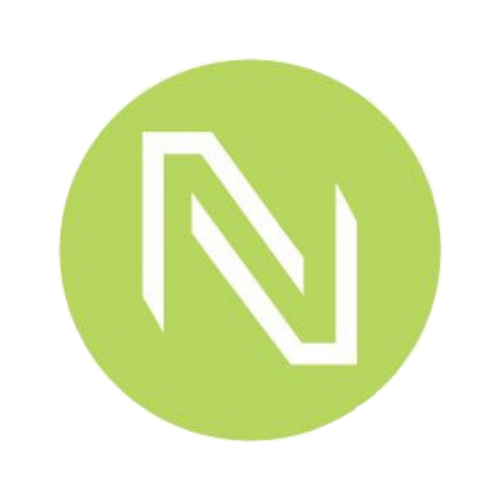Diversity at the Table
In life it's easy to try to separate yourself to make yourself seem special. We all are special and unique, sometimes just better at one task or another. In my last blog (click here) I wrote, “Leadership is recognizing that people are different and bring varying beliefs, talents and personalities to the table. Having diversity at the table helps educate to make an informed decision.” When working on a team, ideas can flow from the combined effort. Allowing for the flow of ideas can take work and to get everyone to participate even a bigger task.
Whether you are the CEO or just hired as an intern, you can lead the team to a better result if you help set the tone of inclusion. Setting the example and speaking up for yourself and others contributes to the end result. Have you ever been in a meeting where “the Leader” wants to push an idea and you can tell from the reaction of the group it’s going to fail? Be brave: try introducing another opinion or ask questions to help lead the direction of the meeting.
Anyone who knows me knows I’m not shy. I’m an extreme extrovert on the Myers-Briggs Type Indicator (MBTI) tests. What is Myers-Briggs some of you may ask? Defined in part from Wikipedia, “The MBTI was constructed by Katharine Cook Briggs and her daughter Isabel Briggs Myers. It is based on the typological theory proposed by Carl Jung, who had speculated that there are four principal psychological functions by which humans experience the world—sensation, intuition, feeling, and thinking—and that one of these four functions is dominant for a person most of the time.” Here are two free tests for you to try:
Basically, it’s understanding personality diversity at the core and as a leader, manager or team member, it’s helpful to understand not only someone’s ethnic and cultural background but his or her dominant personality traits as well.
Back to the meeting example so you can try to relate to how MBTI can help you lead. In most meetings, there usually is a person quietly sitting off to the side, taking notes, listening to all sides but not participating. Typically, it’s an Introvert. (Although, be careful. It might be an informed leader observing the meeting dynamics and waiting to interject.) It’s your turn to observe before taking action. Use the meeting to learn and observe before jumping in or look back at a previous meeting to see if you can assess the dynamics.
Did the person sitting off to the side ever speak up? Did they add valuable input after the meeting in email or in a report? How can you capture the opinions of all in the meeting so you have the most diverse input? Remember, someone has all the attendees in this meeting for a reason. The members were hired by the company for a certain set of skills. Don’t miss a chance to understand why—whether you are the manager or not! You can only see or hear what your brain allows you but sometimes there is so much more in the picture or in the song. Widen your focus
Knowing your differences and accepting those differences helps you appreciate an opposing point of view. Once you understand your team, you can see the different perspectives and views which will help guide your direction.
How?
By acknowledging all the talent in the meeting and hearing from everyone, not just the overzealous extroverts. Look at the quiet bystanders and ask, “What do you think?” You’ll probably get a surprised “Who Me?” If he or she is too uncomfortable with the question then turn and say to the group, “Let’s go around the room?” Provided the team is small enough or if you have time but if not, try breaking into small groups. Watch to see if everyone is participating and, last but not least, if you can’t get everyone to speak up, suggest setting an action for everyone to send a few good ideas in email and hold them to it!
Making decisions without all points of view can be done and sometime it’s necessary but if you are trying to create something new or appeal to a wide audience then tap into your team’s personality diversity. Note, if your team is made up of similar personality types then look to outside your department, company or market to bring in a varying point of view, hence why focus groups were created.
Whether looking to lead a project, a team, a company or a nation (couldn’t resist), seeing and understanding different points of view helps solve bigger problems or creates new ideas.
Diverse skills, personalities, backgrounds and experiences are what make up the workforce and will help broaden it if you allow it. So step outside your personality box and see the differences, acknowledge how people differ and embrace it to lead a stronger team or project.
